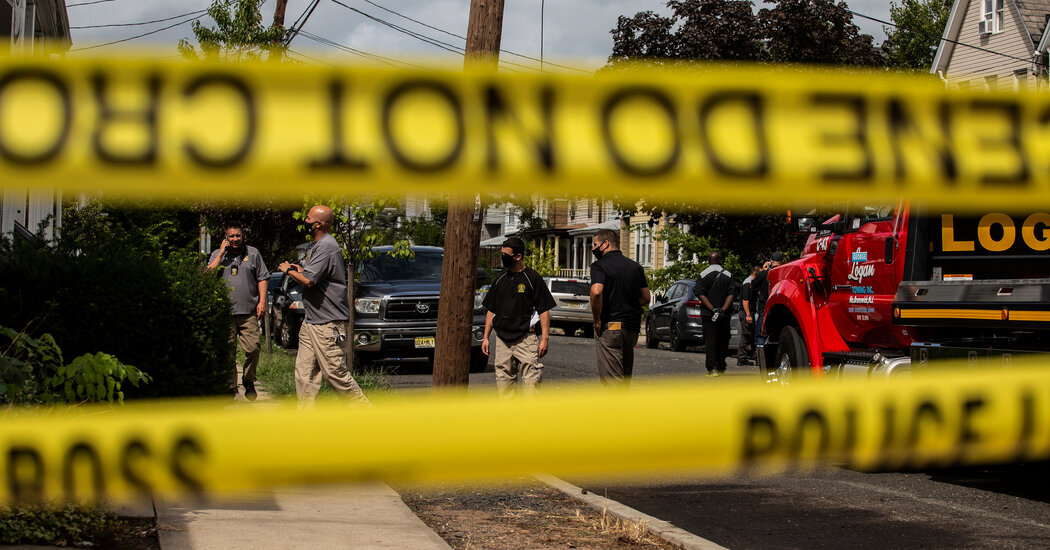
“We have two things together: the trauma of the past two years, and the mental health crisis that came out of this pandemic,” Mayor Eric M. Garcetti of Los Angeles said earlier this year at an event to discuss crime. “Those things have caused us to see more violence.”
Christopher Herrmann, an assistant professor in the department of law and police science at John Jay College of Criminal Justice in New York, said he was not surprised by the C.D.C.’s analysis but was worried by what it might augur in the coming summer, when there are typically more gun homicides.
“June, July, August are always the biggest shooting months,” he said, adding that most large American cities see about a 30 percent uptick in shootings and homicides in the summer.
Federal officials and outside experts were not certain what caused the surge in gun deaths.
“One possible explanation is stressors associated with the Covid pandemic that could have played a role, including changes and disruption to services and education, social isolation, housing instability and difficulty covering daily expenses,” said Thomas R. Simon, associate director for science at the C.D.C.’s division of violence prevention.
The rise also corresponded to accelerated sales of firearms as the pandemic spread and lockdowns became the norm, the C.D.C. analysis noted. Americans went on a gun-buying spree in 2020 that continued into 2021, when in a single week the F.B.I. reported a record 1.2 million background checks.
The primary reason people give for purchasing a handgun is self-protection. But research published in the 1990s established that simply having a gun in the home increases the risk of a gun homicide by a factor of three, and increases the risk of a suicide by a factor of five.
Today, gun buying has largely returned to prepandemic levels, but there remain roughly 15 million more guns in circulation than there would be without the pandemic, according to Garen J. Wintemute, a gun violence researcher at the University of California, Davis.
